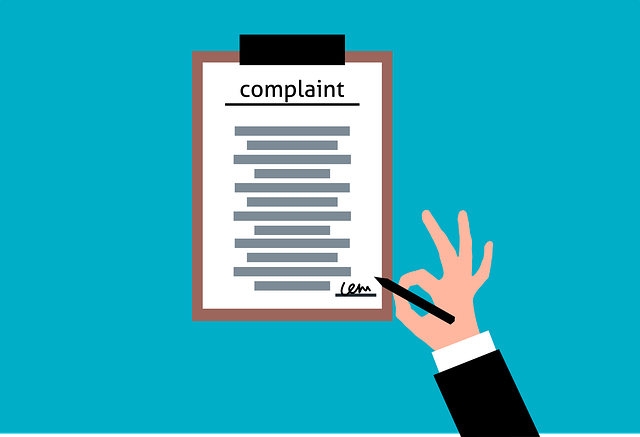Customer complaints are an inevitable part of any business. It’s important to have a plan in place to address and resolve customer complaints quickly and effectively. Here are five best practices for addressing and resolving customer complaints.
Table of Contents
Listen Carefully
The first step in addressing customer complaints is to listen carefully. This means actively listening to the customer, without interruption or judgement. Ask questions to clarify the complaint and make sure you understand what the customer is saying. Showing empathy and understanding can help de-escalate the situation.
It’s also important to take notes during the conversation so that you can refer back to them later if needed. This will help ensure that all details of the complaint are accurately recorded.
Apologise
Once you’ve listened carefully to the customer’s complaint, it’s important to apologise for any inconvenience caused. Apologising shows that you take the complaint seriously and that you’re willing to take responsibility for any mistakes that may have been made.
It’s also important to avoid making excuses or blaming others for the problem. Instead, focus on finding a solution that will satisfy the customer.
Find a Solution
Once you’ve apologised, it’s time to find a solution. Depending on the nature of the complaint, this could involve offering a refund, providing a replacement product or service, or simply offering an apology. Whatever solution you choose, make sure it is fair and reasonable.
If possible, try to offer more than one solution so that the customer can choose which one works best for them. This will show that you value their opinion and are willing to go above and beyond to make things right.
Follow Up
Once you’ve found a solution, it’s important to follow up with the customer afterwards. This could be done via email or phone call, depending on what works best for both parties. The goal of following up is to ensure that the customer is satisfied with the resolution and that they feel heard and respected.
It’s also important to thank them for bringing their complaint forward as this will show them that their feedback is valued.
Document Everything
Finally, it’s important to document everything related to the complaint. This includes notes from conversations with customers, emails exchanged between parties, and any other relevant information. Documenting everything will help ensure that all details of the complaint are accurately recorded in case there are any future issues.
Having a clear record of how each complaint was addressed and resolved can also help prevent similar issues from occurring in the future.

